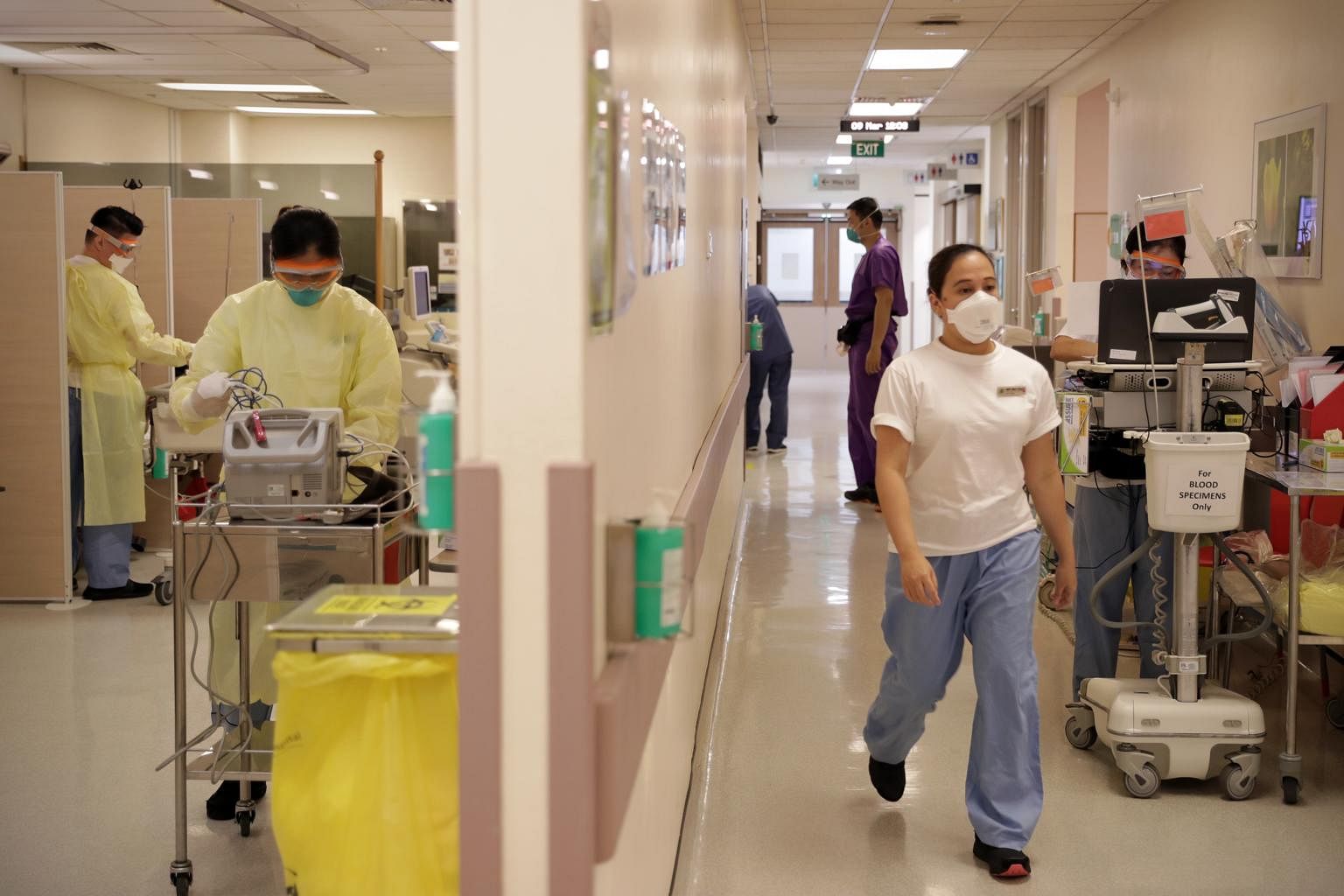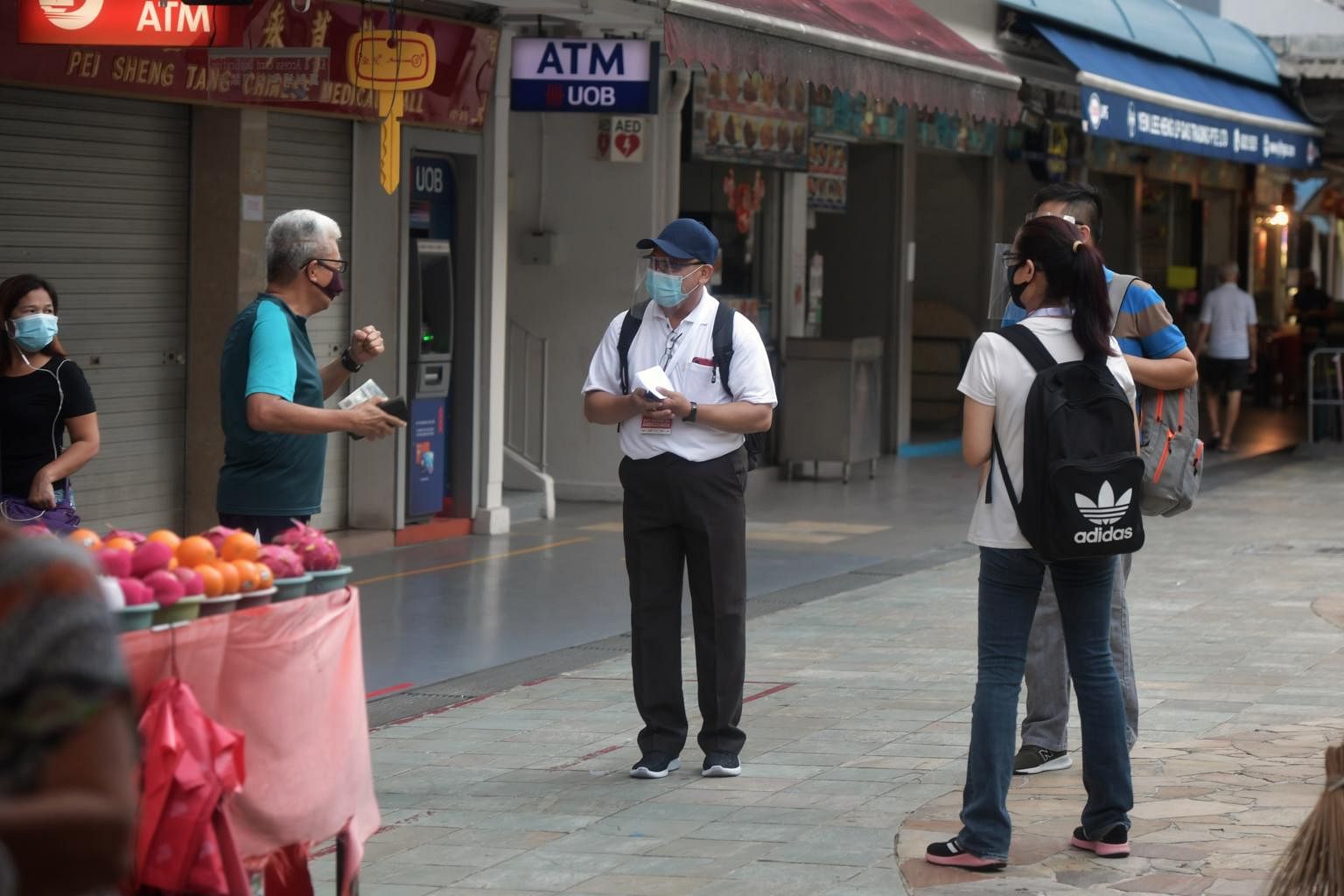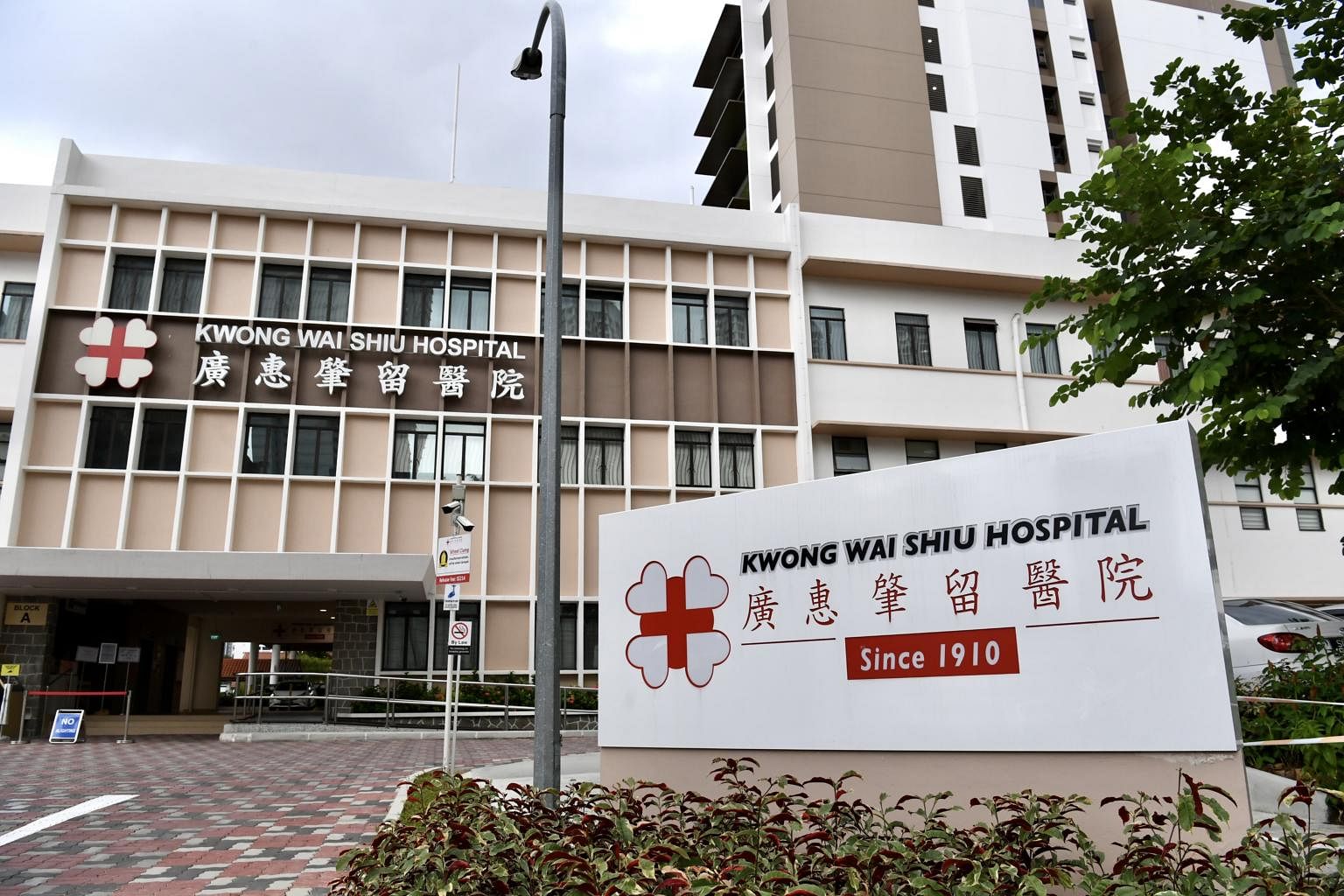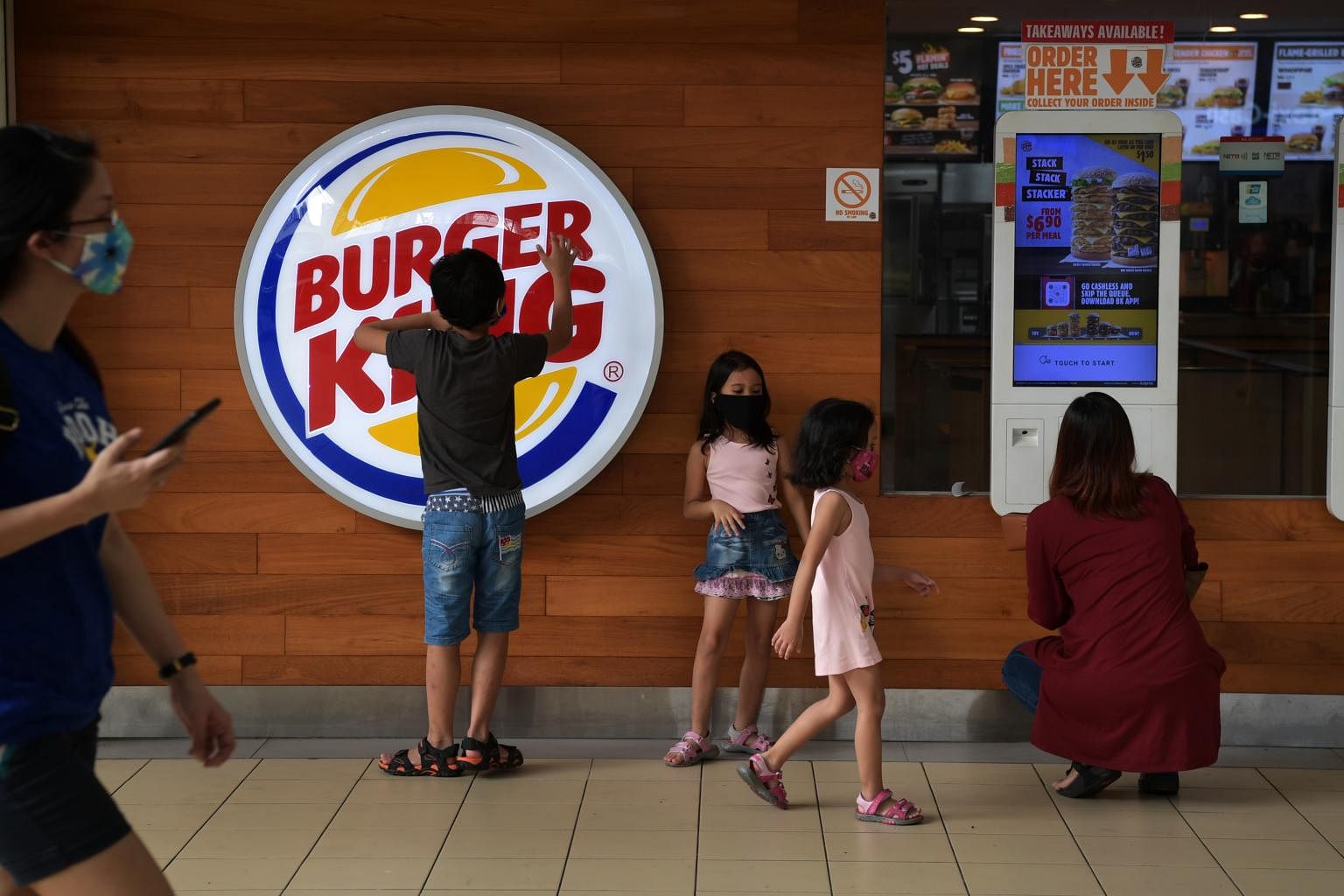SINGAPORE - As Singapore extends its circuit breaker by another month, new weak links have emerged in the three-month fight against the coronavirus. Here is a look at what can be done to minimise the likelihood of infections.
1. ESSENTIAL WORKERS
The number of people who still leave home to work has been reduced from 20 per cent to 15 per cent of the workforce. But the size of this group remains substantial, consisting of at least 350,000 Singapore residents. The sheer number and the high exposure to different people potentially increase the risk of community spread.
F&B INDUSTRY (INCLUDING FOOD DELIVERY RIDERS AND STAFF WHO PREPARE FOOD)
At least 12 people in the food and beverage industry have been infected. Seven are McDonald's employees who worked in nine outlets of the fast-food chain. A 70-year-old man, who worked at Fish Mart Sakuraya, died on March 29. The other five cases include those working in food outlets, food handlers and food delivery personnel.
The number of delivery riders and staff has risen as more people turn to food deliveries.
- Deliveroo: It has around 7,000 riders and expects to hire another 2,000 riders by the end of the second quarter to meet growing demand.
- Foodpanda: Fleet of more than 9,000 riders.
- GrabFood: It has also expanded its delivery fleet but declined to reveal the number of riders.
Fixing the weak spots
- Risk of transmission can be reduced by splitting employees into separate teams that do not intermingle and ensuring correct usage of face masks.
- Safety precautions for all riders include wearing face masks and using hand sanitisers, safe distancing, and standing only at designated markings when waiting to pick up orders. A contact-free delivery service is encouraged, with customers' orders placed on their doorstep and online payments.
HEALTHCARE WORKERS

They form the critical force in the nation's fight against the virus. They are unlikely to be infected by sick patients because healthcare professionals take enhanced precautions. However, if they fall sick, they risk spreading the virus to the vulnerable people they care for.
Fixing the weak spots
- At least 30 infected cases have been linked to public and private healthcare institutions, though not all are healthcare workers.
- Around 3,000 safe distancing and SG Clean ambassadors and enforcement officers deployed daily as of April 16. They interact with large numbers of people and may become infected and unwittingly pass on the virus. These ambassadors and officers have to mask up correctly and practise safe distancing when carrying out their duties.
2. THOSE WHO CONTINUE TO FLOUT THE RULES

Close to 170 people faced fines for not complying with safe distancing measures on April 23, and more than 30 for not wearing a mask outside their homes.
Fixing the weak spots
- Do not turn supermarket trips into family outings. If you have to run essential errands, go alone, and return home immediately after the errands are completed.
- Exercise at home instead of heading out.
3. SENIORS

Seniors are more likely to have serious complications or die if infected.
Fixing the weak spots
- Nursing homes, where elderly residents live in close proximity to one another in confined settings and where workers move from room to room, are particularly vulnerable to spreading infection.
- At least 20 cases have been linked to five different nursing homes, inclusive of residents and staff: Lee Ah Mooi Old Age Home, Vanguard Healthcare's Woodlands Care Home, Pacific Healthcare Nursing Home, Sunshine Welfare Action Mission Home, and Kwong Wai Shiu Hospital.
- Efforts taken by nursing homes include twice-daily temperature taking for residents, implementing split zones, wearing of personal protective equipment by staff, and restricting the movement of staff and residents within the homes.
4. CHILDREN AND STUDENT CARE SERVICES

While children generally appear to be asymptomatic, or less likely to be sick compared with adults, family clusters can form as a result of parents infecting their children, which could lead to widespread infections.
Fixing the weak spots
- General services by childcare and student care centres have been suspended till June 1, in line with the extended circuit breaker measures. However, childcare services remain open to serve parents who are working in essential services and who are unable to make alternative care arrangements.
- Nine children and 33 linked adults have been infected.
- Among these, 30 cases have emerged from two clusters, and 12 separate cases at 11 centres, including staff, children at the centres, and family members.
- Safety measures at pre-schools that are still operational include splitting of operations at centres, restricted movement of children and staff across different centres, smaller class sizes of 10 or fewer, safe distancing, and wearing of masks for staff and children above two years old.











